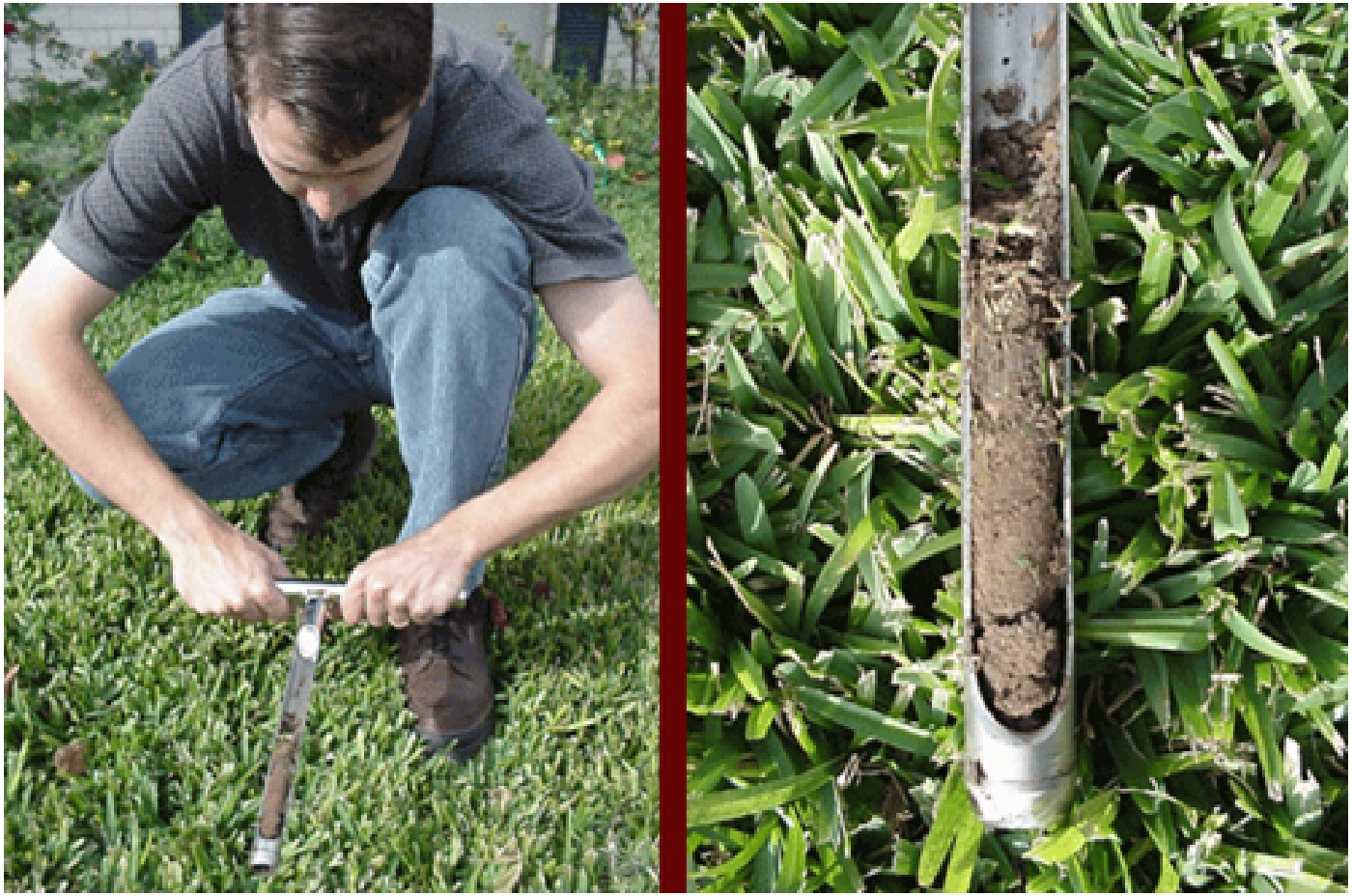YES! Analysis
What's in your food supply?

Phosphorus (P) is called "the energy mineral" because it is the building block for ATP (adenosine tri-phosphate), which drives every enzymatic reaction. ATP is, in effect, the battery of life, because enzymes drive all biological reactions and life stops without ATP. Phosphorus is also the major mineral required for plant immunity and the production of glucose from photosynthesis is largely based on phosphate-based enzymes.
Zinc (Zn) is called "the energy micronutrient" because this mineral is required, in the right balance with P, to ensure that phosphate energises as it should. Zinc is also linked to moisture uptake and the performance of nitrogen-fixing organisms in the root zone. However, most importantly, this critically important trace mineral is required for plant and soil organisms to produce auxins.
Auxins are a group of hormones produced by the plant and beneficial microorganisms (to support their host, the plant), which provide a number of essential benefits. The most important of these relates to leaf size. The leaf is the solar panel that determines photosynthetic performance and zinc governs leaf size. A zinc deficiency spells a substandard leaf, less glucose production and an inevitable yield reduction. This is why zinc is often considered to offer the best cost to benefit ratio of any trace mineral. A deficiency will always be costly and yet it is relatively inexpensive to address.
The key is to supply both phosphorus and zinc in the ratio that ensures maximum performance of both minerals. In this instance, that ratio is actually more important than the numbers game. Ten parts phosphorus to one part zinc is the proven productive ratio between these two minerals. If you had 30 ppm of P on your soil test, for example, and 3 ppm of Zn, both minerals are technically deficient. However, the ratio between them is correct (10:1). Maintaining that ratio is the key with soil correctives.
It would be very counterproductive if you were to lift zinc levels to the minimum required level of 5 ppm (because it is less costly to address Zn than P) but ignore the phosphate correction. Your perfect ratio is now compromised (it would be reduced to 6:1), which is worse than no action at all. If you have a limited budget, then limit your correction accordingly. However, always ensure that you maintain the all-important 10:1 phosphorus to zinc ratio. When we are talking about the mineral ratios relative to phosphorus, I should clarify the P extraction involved. I am referring specifically to Mehlich 3 extraction, as practised by EAL Lismore and US lab, Brookside Laboratories.
YES Analysis provides Quick turnaround on soil, product or water testing. Usually less than a week.
Not being aware of past contaminates, pesticides or other chemicals absorbed in the soil can leave your food supply unprotected.
YES Analysis has a highly through process, compiling pinpointing, otherwise unknown, chemical hazards that would jeopardize your food source..
You know you have a problem but how do you solve it. YES expert analysis will inform you of the necessary steps for your solution.
SHARE THIS PAGE!